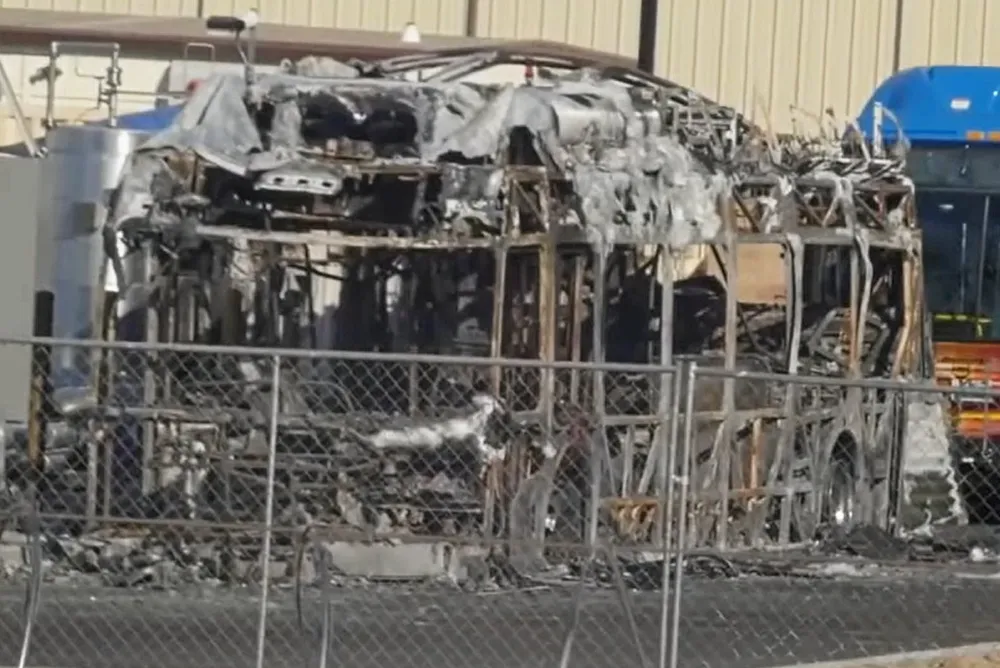EXCLUSIVE | Hydrogen equipment on California bus destroyed by fire was same make that leaked in Netherlands
Hexagon Purus’ Type 4 compressed H2 cylinders were present in both incidents, although the valves responsible for the Rotterdam leak were different to those used on the Bakersfield bus
